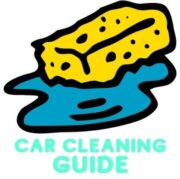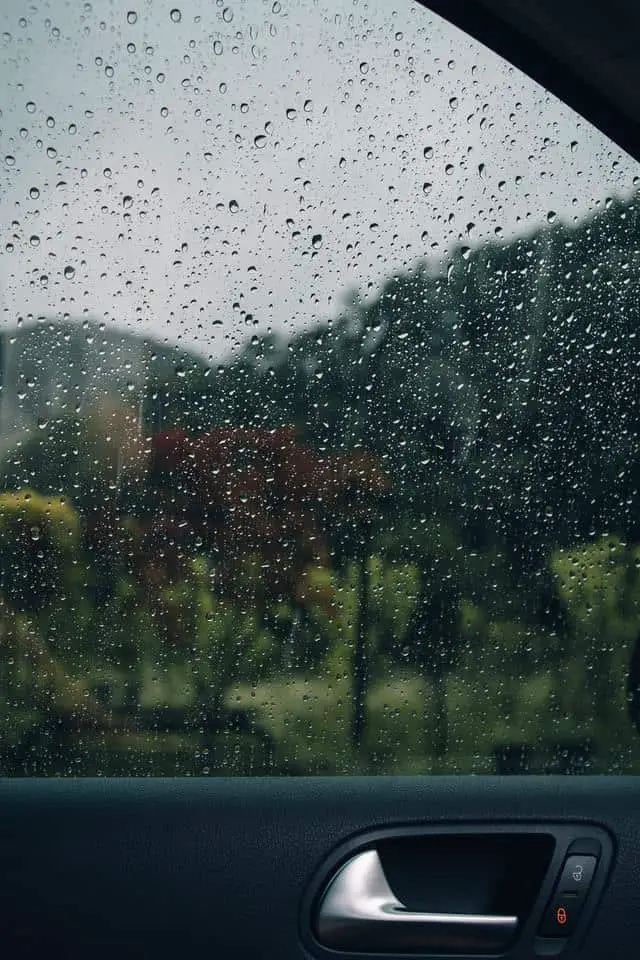Last Updated on January 29, 2024 by Chase Manhattan
Mold can be a pesky problem, especially when it comes to car window seals. Not only is it unsightly, but it can also pose a health risk and compromise the safety of your vehicle. As someone who takes pride in keeping my car clean and well-maintained, I’ve done my fair share of research on how to remove mold from car window seals. In this article, I’ll be sharing some of the most effective methods I’ve found.
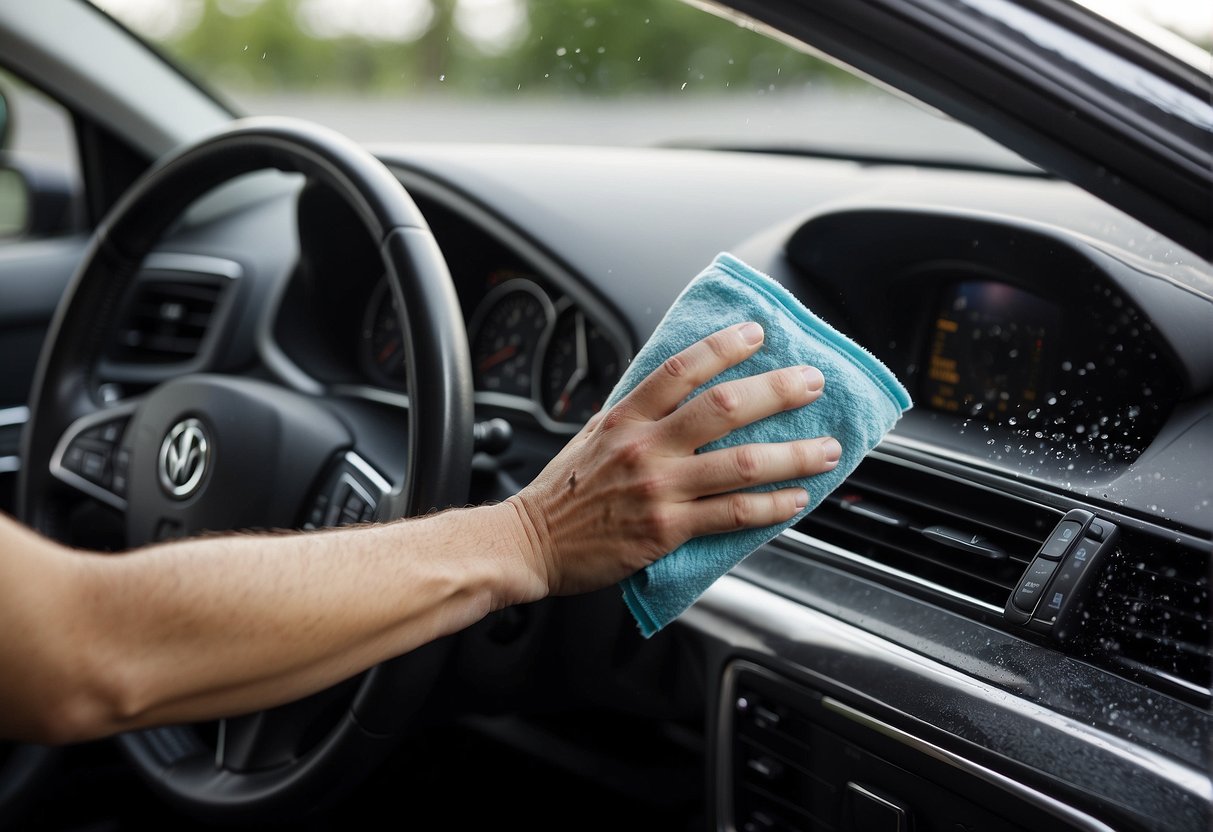
Before we dive into the methods, it’s important to understand the dangers of mold. Exposure to mold can cause a variety of health problems, including allergic reactions, respiratory issues, and even infections. Additionally, mold can weaken the integrity of the rubber seals around your car windows, which can compromise the safety of your vehicle. It’s crucial to address mold growth as soon as possible to prevent further damage and ensure the safety of you and your passengers.
Quick Navigation
Understanding Mold on Car Window Seals
As a car owner, you might have noticed mold growing on your car window seals. Mold is a type of fungus that grows in damp and humid environments. It is not only unsightly but also poses health risks to you and your passengers. In this section, I will discuss the types of mold, causes of mold growth, and health risks associated with mold.
Types of Mold: Black, Green, and Mildew
Mold comes in different colors, and the most common ones that grow on car window seals are black, green, and mildew. Black mold is the most dangerous and toxic mold that can cause serious health problems. Green mold is less harmful, but it can still cause allergies and asthma attacks. Mildew is a type of mold that appears as white or gray patches and is less harmful than black and green molds.
Causes of Mold Growth
Mold growth on car window seals is usually caused by moisture and condensation. When the weather is humid or rainy, water droplets can accumulate on the window seals, providing an ideal environment for mold to grow. Additionally, if your car has a water leak, it can also contribute to mold growth.
Health Risks Associated with Mold
Mold can cause health problems, especially to people with allergies or respiratory issues. When you breathe in mold spores, they can trigger asthma attacks or allergic reactions. Additionally, exposure to black mold can cause serious health problems, including lung infections, headaches, and fatigue.
To prevent mold growth on your car window seals, it is essential to keep them dry and clean. Regularly wiping them down with a dry cloth can help prevent moisture buildup. If you notice mold growing on your car window seals, it is important to take action to remove it promptly.
Preparation for Mold Removal
Before starting the process of removing mold from car window seals, it is important to take some safety precautions and gather necessary supplies. In this section, I will provide you with a step-by-step guide on how to prepare for mold removal.
Safety Precautions
First and foremost, it is important to wear safety goggles and gloves to protect your eyes and hands from any harmful chemicals that you may use during the process. It is also recommended to wear a mask to prevent inhaling any mold spores that may be released during the cleaning process.
Gathering Necessary Supplies
To remove mold from car window seals, you will need to gather some household items. Here’s a list of supplies you will need:
- A bucket
- A sponge
- A microfiber towel
- Dish soap
- Warm water
- Liquid dish soap
- A nylon brush
- A spray bottle
Make sure that the sponge and the microfiber towel are clean and free from any dirt or debris. You can use any brand of dish soap, but make sure it is liquid and not a detergent. The nylon brush should be stiff enough to scrub the mold off the seals without damaging them.
Once you have gathered all the necessary supplies, you are ready to start the process of removing mold from car window seals.
Cleaning Process
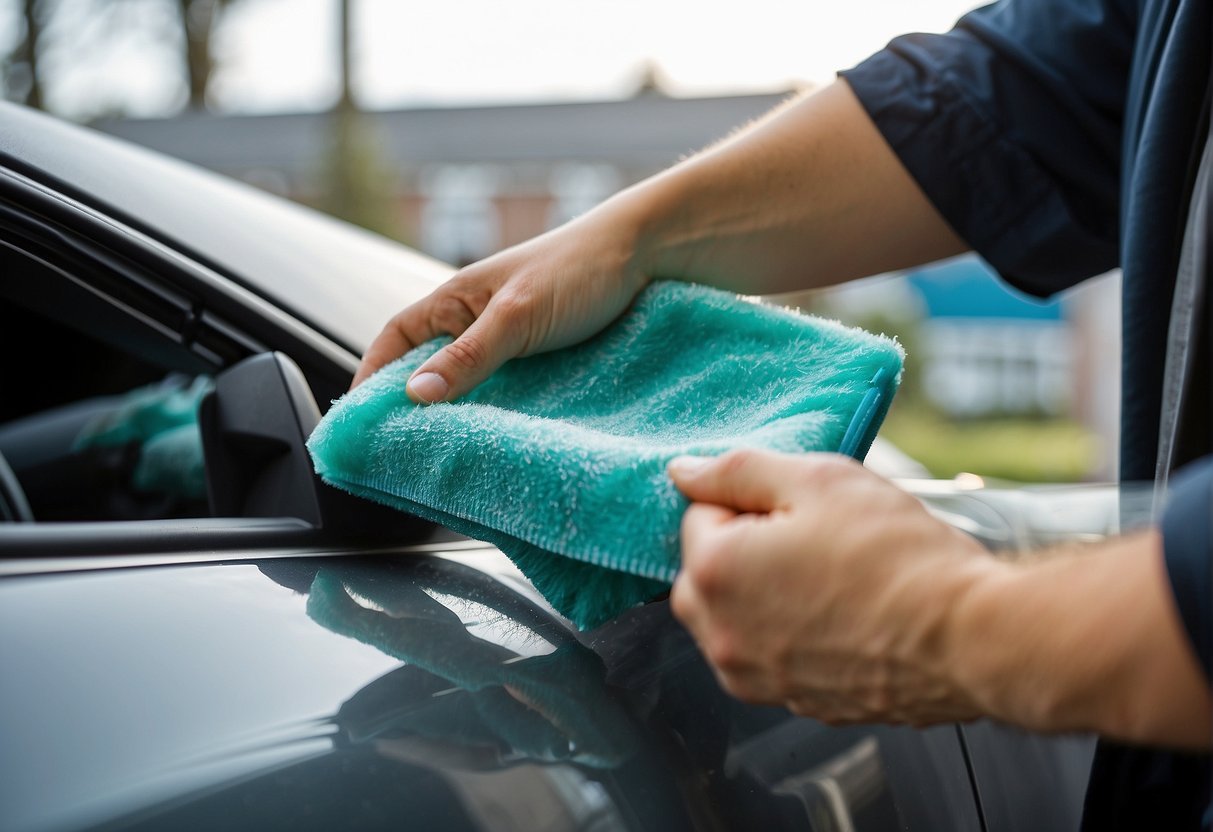
When it comes to cleaning mold from car window seals, there are a few steps you can take to ensure the job is done effectively and safely. In this section, I will outline the cleaning process in three parts: Initial Cleaning with Soapy Water, Targeted Mold Removal Techniques, and Rinsing and Drying.
Initial Cleaning with Soapy Water
The first step in cleaning mold from car window seals is to perform an initial cleaning with soapy water. To do this, mix warm water with a mild detergent or dish soap in a bucket or spray bottle. Then, using a soft cloth or sponge, wipe down the rubber seals around the car windows. Pay attention to areas that are hard to reach, as mold can often accumulate in these areas.
Targeted Mold Removal Techniques
After performing an initial cleaning, you may still notice some mold on the window seals. To remove this mold, you can use targeted mold removal techniques. One effective method is to create a paste using baking soda and water. Spread the paste onto the seals and leave it to dry. The alkaline environment created by the baking soda will kill the mold at the root level. Once the paste has dried, wipe it away to remove any remaining mold residue.
Another effective method is to use a brush to thoroughly clean the mold off the window seals. Be gentle to avoid damaging the seals. A soft-bristled toothbrush can effectively reach into the nooks and crannies without causing damage.
Rinsing and Drying
After using targeted mold removal techniques, it’s important to rinse the window seals with clean water to remove any remaining residue. Then, using a clean, dry cloth, wipe down the seals to remove excess water. Allow the seals to air dry completely before closing the car windows.
In conclusion, cleaning mold from car window seals can be a straightforward process if you follow the steps outlined in this section. By performing an initial cleaning with soapy water, using targeted mold removal techniques, and rinsing and drying the seals, you can effectively remove mold and keep your car windows looking clean and clear.
Restoring and Protecting Window Seals
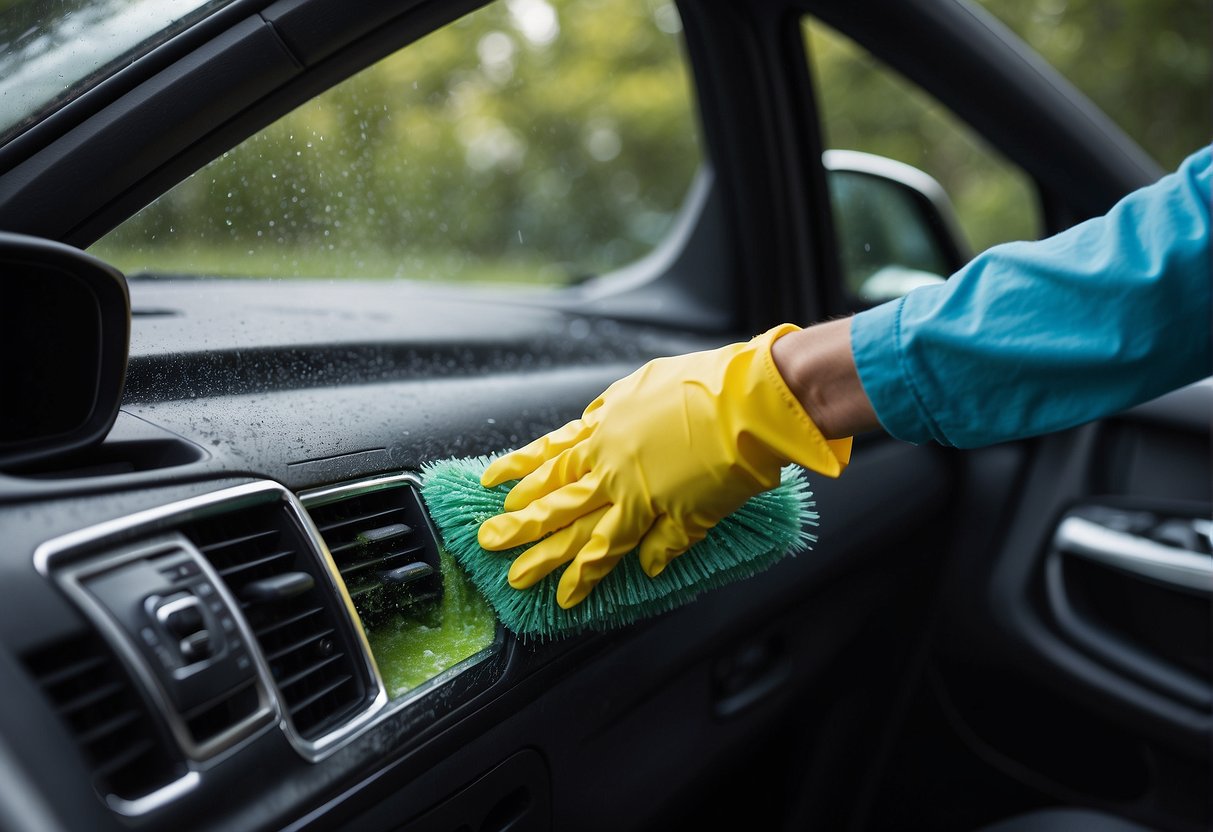
After removing mold from your car window seals, it is important to restore and protect the rubber seals to prevent future mold growth and to extend their longevity. In this section, I will discuss how to apply rubber protectant and condition the seals.
Applying Rubber Protectant
Rubber protectant is a great way to protect your car’s window seals from the elements and prevent them from drying out and cracking. To apply rubber protectant, follow these steps:
- Clean the window seals with a mild soap and water solution and let them dry completely.
- Apply a small amount of rubber protectant to a clean microfiber cloth.
- Rub the protectant onto the seals in a circular motion, making sure to cover the entire surface.
- Let the protectant dry for at least 30 minutes before driving your car.
By applying rubber protectant to your car’s window seals, you can help restore their flexibility and protect them from UV rays, which can cause them to dry out and crack over time.
Conditioning the Seals
In addition to applying rubber protectant, it is also important to condition your car’s window seals to keep them soft and pliable. To condition the seals, follow these steps:
- Clean the window seals with a mild soap and water solution and let them dry completely.
- Apply a small amount of rubber conditioner to a clean microfiber cloth.
- Rub the conditioner onto the seals in a circular motion, making sure to cover the entire surface.
- Let the conditioner soak into the seals for at least 10 minutes before wiping off any excess with a clean microfiber cloth.
By conditioning your car’s window seals, you can help restore their flexibility and prevent them from drying out and cracking, which can lead to mold growth and other issues.
Preventing Future Mold Growth
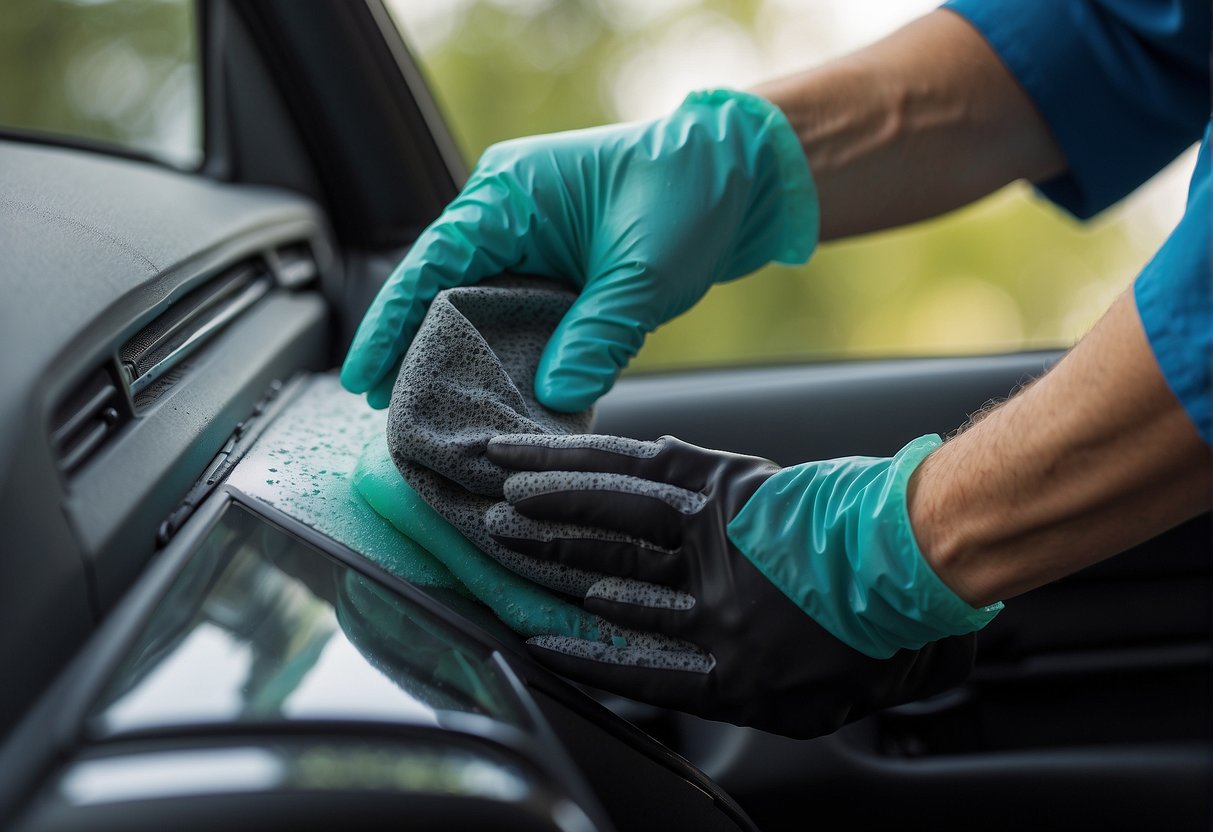
Mold growth on car window seals can be prevented by taking a few simple steps. In this section, I will discuss some of the most effective ways to prevent mold growth on car window seals.
Maintaining Proper Ventilation
One of the most important things to do to prevent mold growth on car window seals is to maintain proper ventilation inside the car. This can be done by opening the windows or using the air conditioning system. Proper ventilation helps to reduce the humidity level inside the car, which is essential for preventing mold growth.
Regular Cleaning Schedule
Regular cleaning of car window seals is another effective way to prevent mold growth. It is important to clean the seals at least once a month to remove any moisture buildup that may be present. This can be done by using a damp cloth or sponge and a mild detergent. After cleaning, the seals should be thoroughly dried to prevent any moisture from remaining.
Monitoring Humidity Levels
Monitoring the humidity level inside the car is also important for preventing mold growth. A high humidity level can create the ideal environment for mold to grow. Using a dehumidifier can help to reduce the humidity level inside the car and prevent mold growth.
In conclusion, preventing mold growth on car window seals is not difficult, but it does require regular maintenance and attention. By maintaining proper ventilation, following a regular cleaning schedule, and monitoring the humidity level, you can prevent mold growth and keep your car window seals clean and dry.
When to Seek Professional Help
As a car owner, you may be tempted to remove mold from your car window seals by yourself. However, there are certain instances where seeking professional help is necessary. In this section, I will discuss some factors to consider when deciding whether to hire a professional or not.
Assessing the Severity of Mold Infestation
Before attempting to remove mold from your car window seals, it is important to assess the severity of the infestation. If the mold growth is extensive and has spread to other parts of your car, it may be best to seek professional help. Professional mold removers have the necessary equipment and expertise to handle severe mold infestations safely and effectively.
Understanding When to Replace Seals
In some cases, mold growth may have compromised the integrity and functionality of your car window seals. If this is the case, it may be necessary to replace the seals altogether. A professional can assess the condition of your seals and determine whether they need to be replaced or not.
Additionally, if your car window seals have been damaged by water leakage, it is important to seek professional help. Water damage can compromise the structural integrity of your car and lead to costly repairs if not addressed promptly.
In conclusion, while it may be tempting to remove mold from your car window seals by yourself, it is important to consider the severity of the infestation and the condition of your seals before attempting to do so. Seeking professional help can ensure that the mold is removed safely and effectively, and that any necessary repairs or replacements are made to maintain the functionality of your car.
Frequently Asked Questions
What is the most effective method to clean mold off rubber window seals on a car?
The most effective method to clean mold off rubber window seals on a car is to use a mixture of baking soda and water. Spread the paste onto the seals and leave it to dry. The alkaline environment the baking soda creates will kill the mold to the root level. Once dried, wipe away to remove powder and mold residue.
Can WD40 be used to remove moss from car window seals safely?
No, WD40 should not be used to remove moss from car window seals as it can damage the rubber seals. Instead, use a soft-bristled brush with a mixture of warm water and soap to gently scrub the moss away.
What are the steps to eliminate green algae from car window seals?
To eliminate green algae from car window seals, first, rinse the area with water to remove any loose debris. Then, use a mixture of warm water and soap to scrub the area with a soft-bristled brush. If the algae is stubborn, you can use a mixture of vinegar and water to help break it down. Rinse the area with water and dry it thoroughly.
How can you restore and protect the rubber trim around car windows after mold removal?
To restore and protect the rubber trim around car windows after mold removal, you can use a rubber seal protectant. Apply the protectant after cleaning the area thoroughly. This will help to prevent future mold growth and keep the rubber trim looking new.
What’s the best way to clean mildew from car window trim?
The best way to clean mildew from car window trim is to use a mixture of warm water and soap. Scrub the area with a soft-bristled brush and rinse with water. If the mildew is stubborn, use a mixture of vinegar and water to help break it down. Rinse the area with water and dry it thoroughly.
How can you remove mold and algae from the exterior surfaces of a car?
To remove mold and algae from the exterior surfaces of a car, use a mixture of warm water and soap. Scrub the affected area with a soft-bristled brush. If the mold or algae is stubborn, use a mixture of vinegar and water to help break it down. Rinse the area with water and dry it thoroughly.
